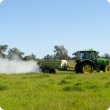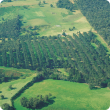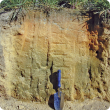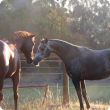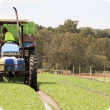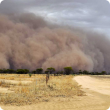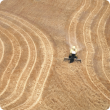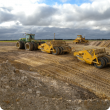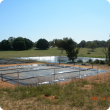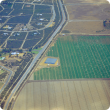Filter by regions:
- (-) Remove South West filter South West
- (-) Remove Wheatbelt filter Wheatbelt
- Great Southern (829) Apply Great Southern filter
- Mid West (763) Apply Mid West filter
- Goldfields-Esperance (701) Apply Goldfields-Esperance filter
- Peel (701) Apply Peel filter
- Perth regions (562) Apply Perth regions filter
- Gascoyne (487) Apply Gascoyne filter
- Pilbara (450) Apply Pilbara filter
- Kimberley (447) Apply Kimberley filter

